Proper Handling of Eggs: From Hen to Consumption
Phillip J. Clauer, Poultry Extension Specialist, Animal and Poultry Sciences
To ensure egg quality in small flocks, egg producers must learn to properly handle the eggs they produce. This article will discuss how you can insure that your eggs will be of the highest quality and safe for consumption.
1. Layer house management
The condition of the egg that you collect is directly related to how well the flock is managed. Feeding a well-balanced ration, supplementing calcium with oyster shell, water, flock age and health all can affect egg quality. However, since these factors are covered in other publications, this fact sheet will place emphasis on egg quality and handling after it is laid.
- Keep the laying flock in a fenced area so they cannot hide their eggs or nest anywhere they choose. If hens are allowed to nest wherever they choose, you will not know how old eggs are or with what they have been in contact, if you can find them at all.
- Clean Environment: Keeping the layer’s environment clean and dry will help keep your eggs clean. A muddy outside run, dirty or damp litter and dirty nesting material will result in dirty, stained eggs. Clean-out the nest boxes and add deep clean litter at least every two weeks.
- Clean-out wet litter in coop and make sure the outside run area has good drainage and is not over grazed.
- Nest Space: Supply a minimum of four nesting boxes for flocks containing 15 hens or less. For larger flocks provide one (1) nest for every 4 to 5 hens in the flock. This will help limit egg breakage from normal traffic and daily egg laying. Make sure nests have a deep clean layer of litter to prevent breakage and help absorb waste or broken-egg material.
Collecting eggs at least twice daily is advisable, especially during extreme weather temperatures.
- Rotate range areas often or allow enough area for birds in outside runs to prevent large dirt and mud areas from forming by over grazing.
- Prevent eggs from being broken in order to minimize a hen learning to eat an egg and developing egg eating habits.
- Free choice oyster shells will help strengthen the egg shells.
- Keep rats, predators and snakes away from the hen house. They often will eat eggs and contaminate the nesting boxes and other eggs.
2. Proper Egg Cleaning and Handling
A. Collect eggs in an easy to clean container like coated wire baskets or plastic egg flats. This will prevent stains from rusted metal and contamination from other materials which are difficult to clean and disinfect.
B. Do not stack eggs too high. If collecting in baskets do not stack eggs more than 5 layers deep. If using plastic flats do not stack more than 6 flats. If you stack eggs too deep you will increase breakage.
C. Never cool eggs rapidly before they are cleaned. The egg shell will contract and pull any dirt or bacteria on the surface deep into the pores when cooled. Try to keep the temperature relatively constant until they are washed.
D. Wash eggs as soon as you collect them. This helps limit the opportunity of contamination and loss of interior quality.
E. Wash eggs with water 10 degrees warmer than the egg. This will make the egg contents swell and push the dirt away from the pores of the egg. If you have extremely dirty eggs, a mild detergent approved for washing eggs can be used.
Never let eggs sit in water. Once the temperature equalizes the egg can absorb contaminants out of the water.
F. Cool and dry eggs quickly after washing. Store eggs, large end up, at 50-55°F and at 75% relative humidity. If eggs sit at room temperature (75°F) they can drop as much as one grade per day. If fertile eggs are kept at a temperature above 85°F for more than a few hours the germinal disc (embryo) can start to develop. If fertile eggs are kept above 85°F over two days the blood vessels of the embryo may become visible.
If eggs are stored properly in their own carton or other stable environment they should hold a quality of Grade A for at least four weeks.
3. Sorting and Grading Eggs
It is best that you sort the eggs before you store, sell, or consume them. The easiest way to sort eggs is to candle them with a bright light. This process can help you eliminate cracked eggs or eggs with foreign matter inside like blood spots.
A. How to Candle Eggs: Hold the egg up to the candling light in a slanting position (see figure 1). You can see the air cell, the yolk, and the white. The air cell is almost always in the large end of the egg. Therefore, put the large end next to the candling light.
Hold the egg between your thumb and first two fingers. Then by turning your wrist quickly, you can cause the inside of the egg to whirl. This will tell you a great deal about the yolk and white. When you are learning to candle, you will find it helpful to break and observe any eggs you are in doubt about.
B. Identifying Cracks: Cracked eggs will appear to have a white line somewhere on the shell. These cracks will open if you apply slight pressure to the shell. Remove cracked eggs and consume them as soon as possible or discard.
C. USDA Grade Standard: Use the specifications given in the table below to determine the grade of an egg by candling. Consider air cell depth, yolk outline, and albumen quality.
- Air Cell Depth: The depth of the air cell is the distance from its top to its bottom when the egg is held with the air cell up (see figure 2 ). In a fresh egg, the air cell is small, not more than 1/8 inch deep. As the egg ages, evaporation takes place and the air cell becomes larger and the egg is downgraded.
- Yolk: The yolk of a fresh, high quality egg will be surrounded by a rather dense layer of albumen or white. Therefore, it moves only slightly away from the center of the egg when it is twirled before the candler. Because of this, yolk outline is only slightly defined in the highest quality eggs. As the albumen thins, the yolk tends to move more freely and closer to the shell. A more visible yolk when candled indicates a lower quality egg.
- White or Albumen: The character and condition of the white or albumen is indicated largely by the behavior of the yolk of the egg when the egg is candled. If the yolk retains its position in the center when the egg is twirled, the white is usually firm and thick.
- Eggs with blood or meat spots more than 1/8-inch in diameter are classified as inedible. Eggs with small spots collectively less than 1/-8 inch in diameter should be classified as Grade B. The chalaza is distinguished from a meat spot by a bright area of refracted light that accompanies its darker shadow. Blood spot eggs can be consumed without harm, however, most people find the appearance undesirable.
- Also remove any eggs with unusual shell shapes, textures, ridges or thin spots on the shell if you plan to sell the eggs. These eggs are edible but break easily and are undesirable to most consumers due to appearance.
4. Storage of Eggs
- Store eggs small end down in an egg carton to keep the air cell stable.
- Date carton so you can use or sell the oldest eggs first and rotate your extra eggs. Try to use or sell all eggs before they are three weeks old.
- Store eggs at 50-55°F and 70-75% relative humidity.
- Never store eggs with materials that have an odor. Eggs will pick up the odors of apples, fish, onions, potatoes and other food or chemicals with distinct odors.
- Never hold eggs at or above room temperature or at low humidities more than necessary. Leaving eggs in a warm, dry environment will cause interior quality to drop quickly.
5. Sale of Eggs
There are no laws which prevent the sale of eggs from a home laying flock. However, you should take some basic steps to ensure that the eggs you sell have uniform quality.
- Follow the suggestions about collection, washing, storage, and sorting above.
- For marketing it is usually best to size the eggs. Medium, large and extra large eggs sell best. Egg sizes are expressed in ounces per dozen.
- Never sell eggs in cartons with another egg producer or store name on the carton. It is illegal to do so. Only sell eggs in generic cartons or ask your customers to bring their own carton to carry the eggs home in.
- Most small flock producers base their prices on the current store prices in the area they live. However, many producers niche market their eggs as a specialty item and receive premium prices. If you have your birds in a fenced outside run and have one male for every 10-15 hens in your flock, you can sell eggs at a premium as fertile, free range eggs. Brown eggs often will bring higher prices as well.
Remember, prices will also be driven by supply and demand. If you do not have a lot of competition and have a good demand you usually can get a higher price for the eggs you sell. It is critical that you pay attention to quality and keep a constant year round supply for your customers. Be prepared to replace any eggs that are not satisfactory to a customer. Learn about and correct the dissatisfaction.
6. What Is the Proper Way to Cook and Handle Eggs Foods?
Consumers should always keep eggs refrigerated until the eggs are used. Also, do not store eggs with other foods containing odors like onions, fish or applies. Eggs should not be eaten raw. Pasteurized eggs should be used in recipes that call for raw eggs which are not going to be cooked (i.e. eggnog, ice cream, etc.) Eggs should not be combined and left to stand at room temperature before cooking for more than 20 minutes. Eggs should be individually cracked and immediately cooked. The USDA recommends that hot food be kept above 140°F and cold foods be kept below 40°F.
Reviewed by Audrey McElroy, associate professor, Animal and Poultry Sciences
Virginia Cooperative Extension materials are available for public use, re-print, or citation without further permission, provided the use includes credit to the author and to Virginia Cooperative Extension, Virginia Tech, and Virginia State University.
Issued in furtherance of Cooperative Extension work, Virginia Polytechnic Institute and State University, Virginia State University, and the U.S. Department of Agriculture cooperating. Edwin J. Jones, Director, Virginia Cooperative Extension, Virginia Tech, Blacksburg; Jewel E. Hairston, Administrator, 1890 Extension Program, Virginia State, Petersburg.
May 1, 2009


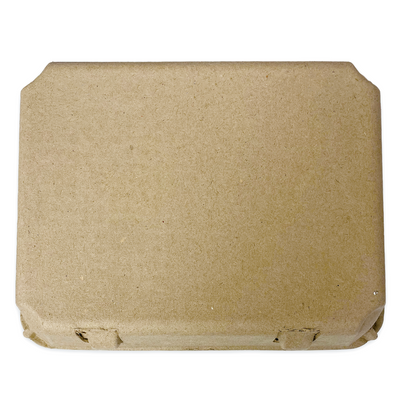
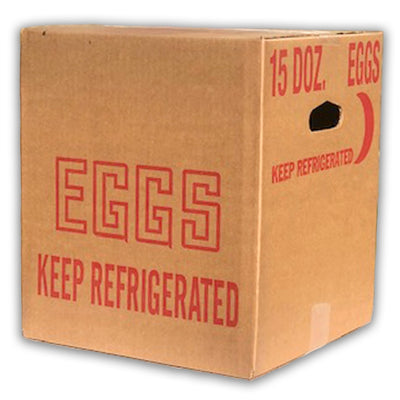
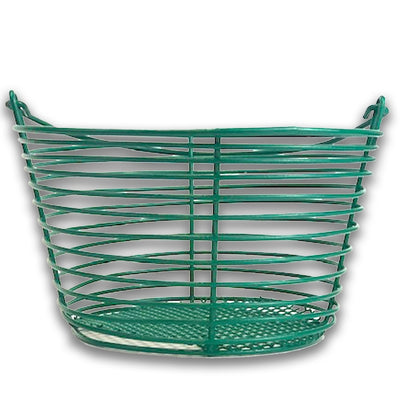
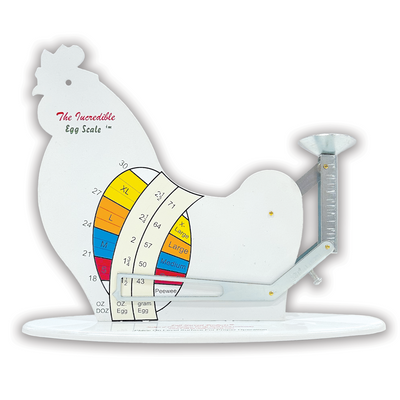
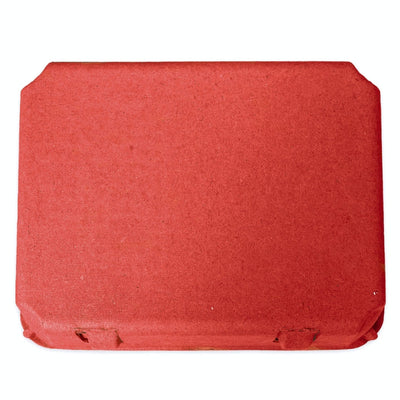
Leave a comment